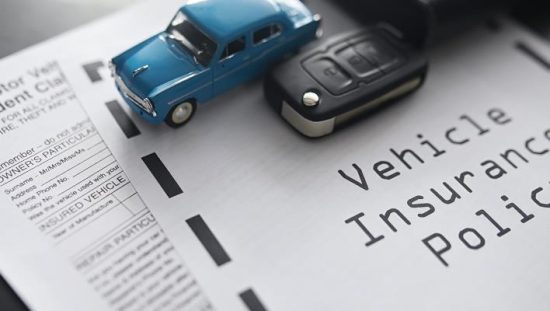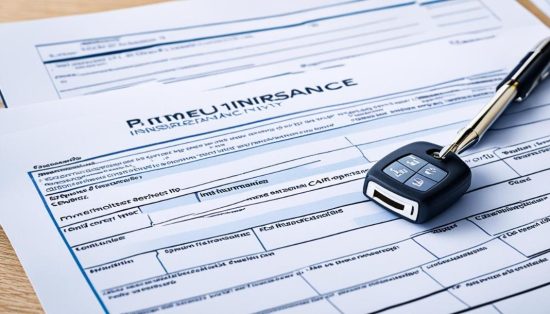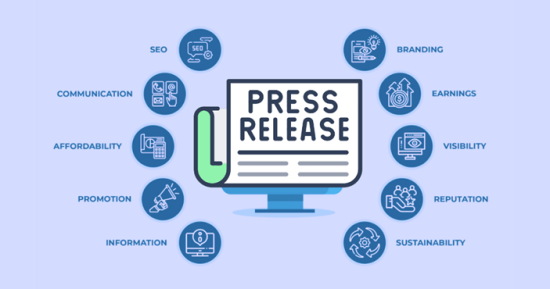
Did you know that over 40% of car owners in the United States are paying more for their car insurance than they should be? That’s right, many people are missing out on potential savings by sticking with their current insurance provider. But fear not, because in 2024, switching car insurance has never been easier.
Ready to revamp your car insurance and save big? Buckle up as we take you through an easy, step-by-step guide to switching insurance companies. Whether you’re itching for better rates, unhappy with your current coverage, or just curious about your options, this guide has you covered. Say goodbye to high premiums and hello to a smoother, more affordable ride!”
How to Switch Car Insurance: 10-Step Guide

In this 10-step guide, we’ll walk you through each stage of the process for switching car insurance. By following these steps, you can ensure a smooth transition to a new insurance provider while maximizing your coverage and minimizing costs.
1. Evaluate Your Current Coverage
Start by reviewing your current car insurance policy. Take note of the coverage types, limits, deductibles, and any additional benefits you may have. Assess whether your policy still meets your needs or if you require additional coverage. Once you have evaluated your current coverage, you may find yourself wondering if it’s advisable to change car insurance companies. The answer depends on various factors, such as the cost and quality of the coverage you currently have, as well as your personal circumstances. If you’re unhappy with your current provider or have found a better deal elsewhere, it might be worth considering a switch. However, keep in mind that changing insurance companies may come with certain implications.
2. Research Potential New Insurers
Research different car insurance companies to find the ones that offer the coverage you need at a competitive price. Consider factors such as customer reviews, financial stability, and claim handling practices to ensure you choose a reputable and reliable insurance provider. One important aspect of managing your car insurance is considering potential new insurers.
When considering car insurance companies in the US, look into GEICO for competitive rates and excellent service, Progressive for innovative options like usage-based insurance, and State Farm for personalized service and a wide range of coverage. Allstate is also a strong choice for extensive coverage features. Compare these options with others to find the best fit for your needs.
3. Compare Coverage and Costs
Obtain quotes from multiple insurance companies, comparing the coverage options and costs. Look beyond just the premium amount and consider the overall value provided by each policy. Take note of any differences in deductibles, limits, and exclusions to make an informed decision. When it comes to car insurance, it’s important to consider both coverage and costs. While finding the right coverage is essential, it’s also crucial to ensure that you’re getting the best value for your money. That’s why it’s essential to compare different policies and companies to make an informed decision.
In the United States, car insurance costs vary widely based on factors like age, location, driving record, and coverage limits. On average, however, you can expect to pay around $1,400 to $1,800 per year for full coverage insurance. Deductibles typically range from $500 to $1,000. Coverage limits often include $100,000 to $300,000 for bodily injury liability per accident and $50,000 to $100,000 for property damage liability per accident.
4. Check for Penalties

One of the common concerns when it comes to changing vehicle insurance policies is the possibility of penalties. Many drivers wonder, “Can I change my vehicle insurance policy without facing any penalties?” The answer to this question largely depends on the terms and conditions set by your insurance provider. It’s important to carefully read your policy agreement or contact your insurance company directly to fully understand the potential penalties involved in policy changes.
When changing your vehicle insurance policy, potential penalties can include a cancellation fee of $25 to $50 and a short-rate fee of 10% to 20% of the remaining premium. To avoid surprises, carefully review your policy terms or contact your insurer for clarification on any penalties before making changes.
5. Set the Start Date for Your New Policy
Setting the start date for your new car insurance policy is crucial, as it determines when your coverage begins and when you’ll start paying premiums. For example, if you purchase a policy on June 1st but set the start date for June 15th, your coverage will only begin on June 15th.
6. Purchase Your New Policy
Contact the insurance company you’ve selected and complete the necessary paperwork or online application to purchase your new policy. Provide all the required information accurately to avoid any complications. Once you’ve made the decision to purchase a new vehicle insurance policy, you may wonder about the process and if it’s possible to change your current policy. The answer is yes, you can change your vehicle insurance policy. Whether it’s due to better coverage options, lower premiums, or dissatisfaction with your current insurance company, switching to a new policy can be a beneficial choice for many individuals.
7. Cancel Your Current Policy
Notify your current insurance provider that you wish to cancel your policy. Follow their specific cancellation procedures, which may include submitting a written request or speaking with a customer service representative. Make sure to obtain confirmation of the cancellation for your records. If you find yourself unsatisfied with your current vehicle insurance policy, you may be wondering if it’s possible to make a change.
8. Get Proof of Insurance
After purchasing your new policy, obtain proof of insurance immediately. This documentation is often provided in the form of an insurance identification card or digital copy. Keep this proof accessible in your vehicle and provide it as required by law or in the event of an accident.
9. Update Your Vehicle Information

Contact your new insurance provider to update your vehicle information. Provide accurate details about your car, including its make, model, year, and any modifications. This ensures that your policy accurately reflects your vehicle and minimizes any potential issues during claims processing.
10. Monitor Your New Policy
Once you’ve switched car insurance providers, regularly review your new policy to ensure it meets your expectations. Keep track of any changes in coverage, premiums, or discounts and reach out to your insurer if you have any questions or concerns.
Following this 10-step guide will help you navigate the process of switching car insurance smoothly. By evaluating your coverage, researching new insurers, comparing costs, and following the necessary steps, you can confidently switch car insurance companies and secure the coverage you need.
FAQs on how to switch car insurance
Can I change my vehicle insurance policy without facing any penalties?
The answer depends on your insurance provider’s terms and conditions. Some policies may incur penalties for early cancellation or changes.
Can car insurance be transferred to another vehicle?
Yes, in most cases, car insurance can be transferred from one vehicle to another. However, you must inform your insurer about the vehicle change to ensure continuous coverage.
Is it advisable to change car insurance companies?
Whether changing insurers is advisable depends on factors like your current coverage, customer service experience, and premium rates. It’s wise to compare quotes from different insurers to ensure you’re getting the best deal.
What is the importance of the start date for a new policy?
The start date determines when your coverage begins and when you’re responsible for paying premiums. Setting the start date accurately is crucial to avoid gaps in coverage.








